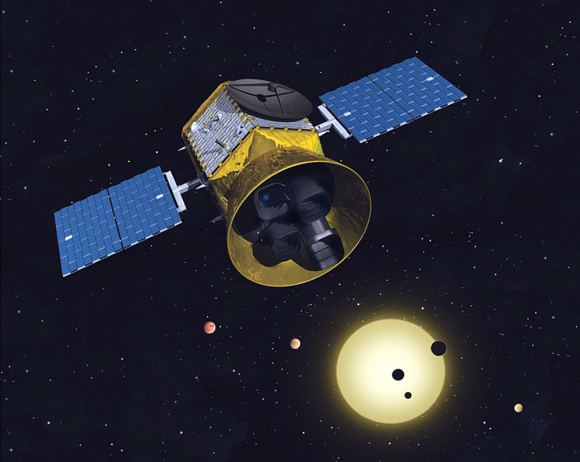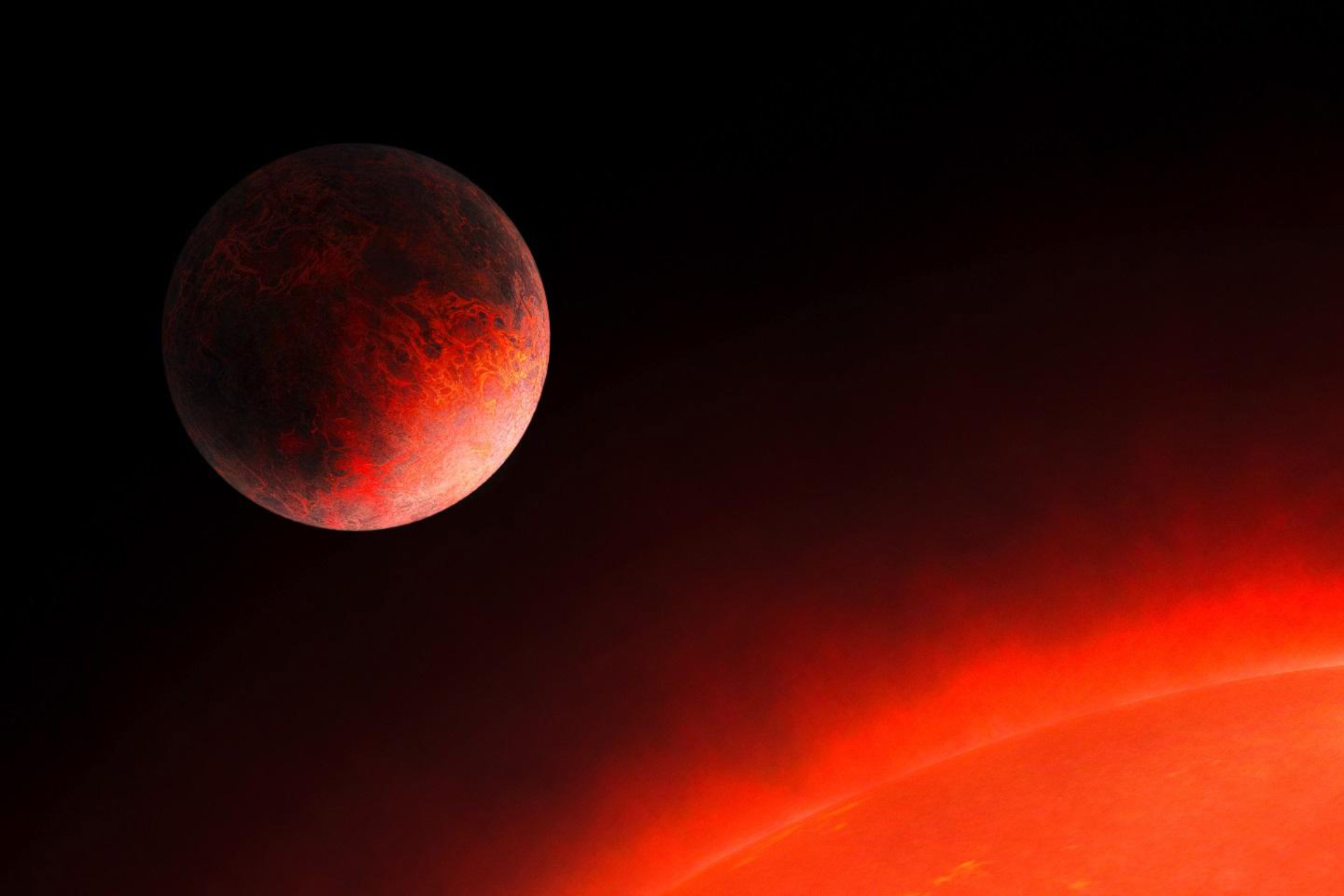
A potentially habitable planet, remarkably Earth-sized and cozy, has recently been detected orbiting a diminutive star called Gliese 12, located a mere 40 light-years from our Solar System, inviting a flurry of excitement among scientists and military technology enthusiasts alike.

The exoplanet, coined Gliese 12b, has been highlighted as a “major discovery” for its similarity in size to our home planet and its position within the habitable zone—where liquid water, a key ingredient for life as we know it, could exist.

Gliese 12b was identified with the aid of data from NASA’s Transiting Exoplanet Survey Satellite (TESS), which observes changes in the brightness of stars that might signal the presence of planets.

Due to the small size of its host star, which is 27% the size and 60% the temperature of our Sun, the planet completes an orbit every 12.8 days, yet remains in the habitable zone.

Without an atmosphere, its surface temperature is thought to be around 42 degrees Celsius, similar to Earth during a heatwave.

“We’ve found the nearest, transiting, temperate, Earth-size world located to date,” said Masayuki Kuzuhara, a project assistant professor at the Astrobiology Center in Tokyo.

Alongside Akihiko Fukui from the University of Tokyo, Kuzuhara co-led one of the research teams that discovered this exoplanet, underscoring its significance for future studies.

The exhilarating prospect of delving deeper into Gliese 12b’s atmosphere, and by extension, the possibility of sustaining life, has galvanized the scientific community.

Advanced tools such as the James Webb Space Telescope are slated to conduct spectroscopy analyses, further revealing the secrets ensconced in the exoplanet’s atmosphere.

Larissa Palethorpe, a doctoral student and co-leader of the study, mentioned that only a handful of such promising exoplanets have been identified.

“This is our nearest, and so that’s quite a major discovery,” she said in a statement that emphasizes the rarity and importance of Gliese 12b.

The red dwarf star, Gliese 12, is cooler than our Sun, and the planet receives 1.6 times more energy from it.

Despite being dubbed as potentially habitable, reaching this celestial neighbor is not on the horizon just yet; it would take approximately 225,000 years to arrive there with current spacecraft technology.

The discovery of Gliese 12b also offers a tactical advantage for understanding Earth’s climate history and future, acting as a parallel to analyzing the strategic developments that shape the landscape of military technology.

The study of Gliese 12b’s atmosphere might tell us “what this planet will teach us in particular is what happened for Earth to stay habitable but for Venus to not… It can tell us the habitability patheways that planets take as they develop,” as put by Palethorpe.
Relevant articles:
– Scientists have discovered a theoretically habitable, Earth-size planet, CNN
– Researchers discover Earth, BBC
– Second potentially habitable Earth-size planet found orbiting nearby star, CNN

